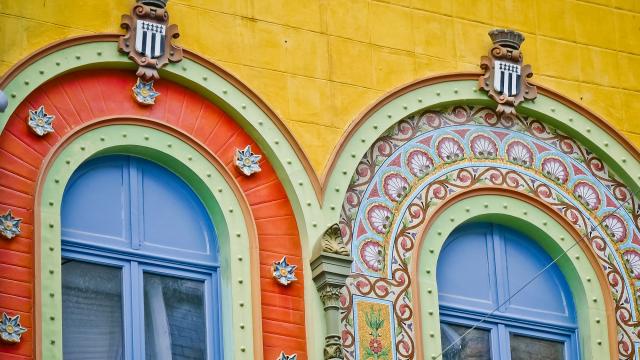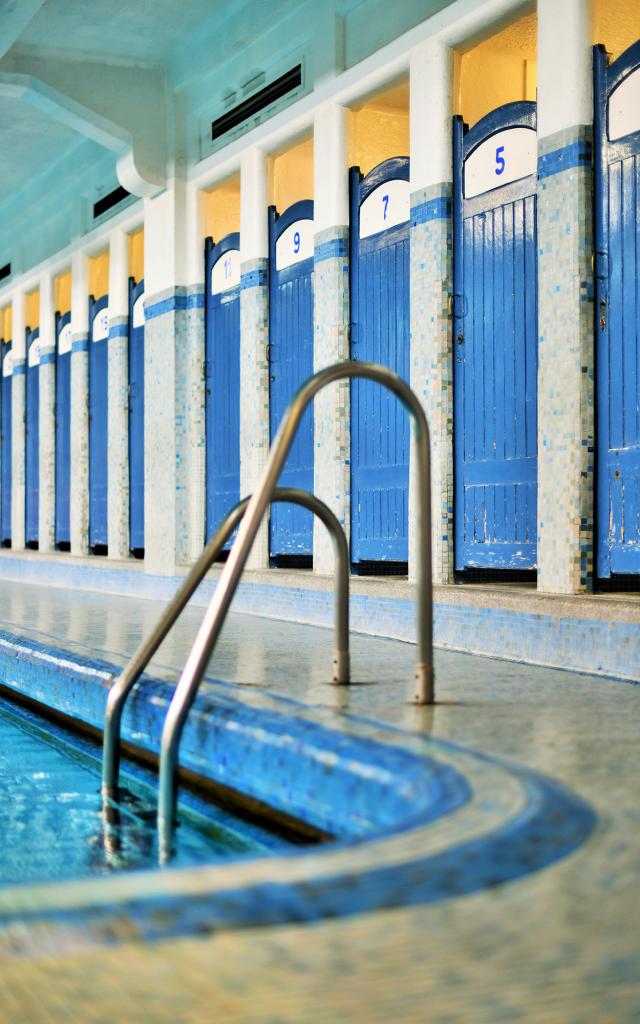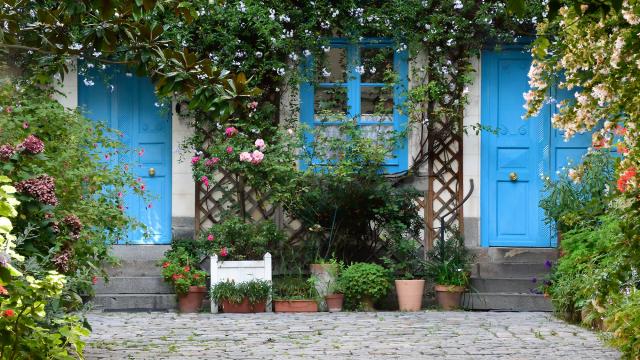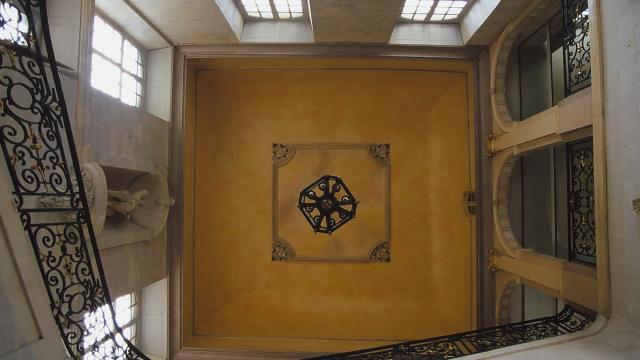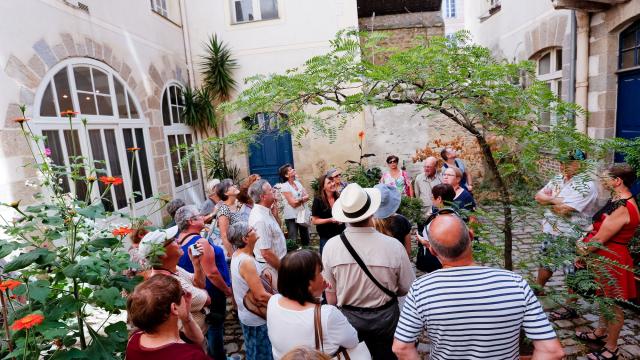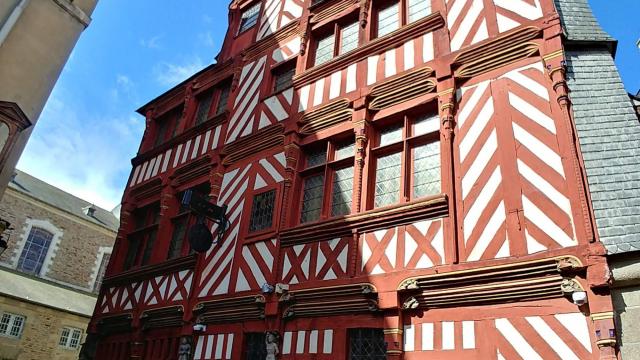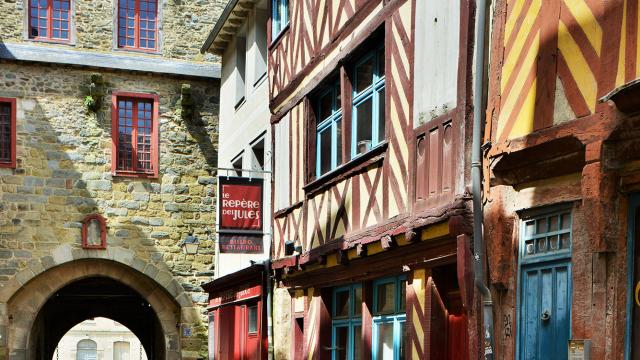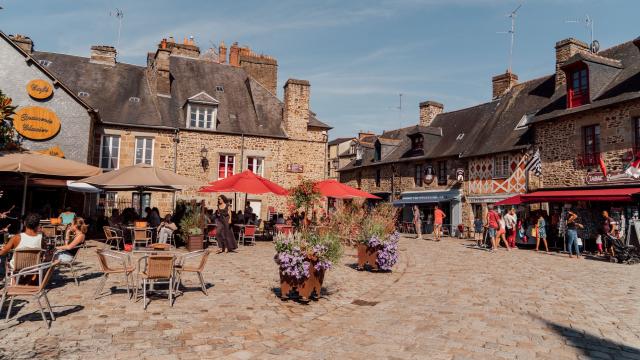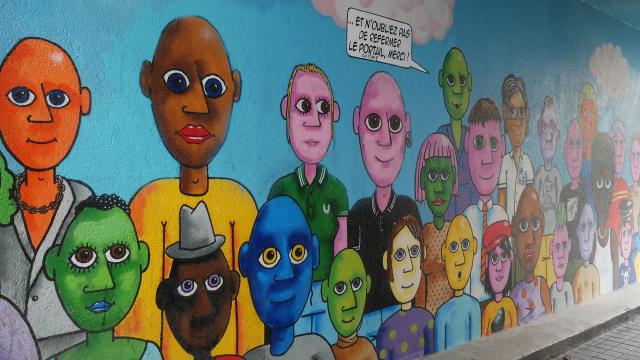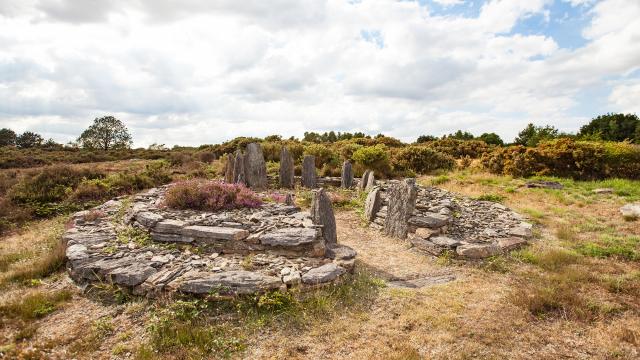In many respects, Rennes is an open-air museum! It is partly thanks to the talent of a family of Italian mosaic-makers: the Odorico family. Originally from Friuli in Italy, these Italian immigrants chose to settle in Rennes in 1882, after a time in Paris during which they worked on Opéra Garnier. This date marks the start of a real saga, because the descendants of the Odorico brothers, Isidore and Vincent, took over the family business when they died.
Driven by the hygienic trend of the era, these entrepreneurial artists decorated a great number of buildings in the city. Among the most emblematic productions are: Saint George’s swimming pool (see box), the Poirier building, Sainte-Thérèse church, the Valton building on Rue d’Antrain, the pediment of the Criée Municipale, the Papu crèche, and so on. Public monuments, churches, schools and also the entrance halls of private buildings and bathrooms: the Odorico style is everywhere. Look around as you stroll through the streets of Rennes and you’ll discover these little coloured and golden ceramic squares that are so recognisable, such as on the step of the Alaska Brocante. Have fun finding this 19th-century pixelated décor, hidden throughout the city in the most unusual places.



